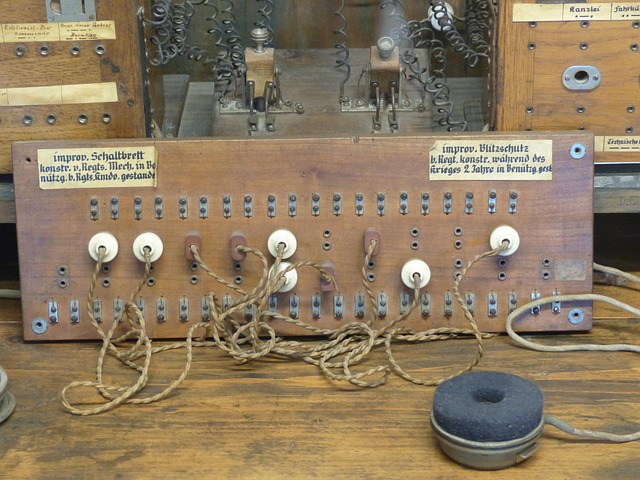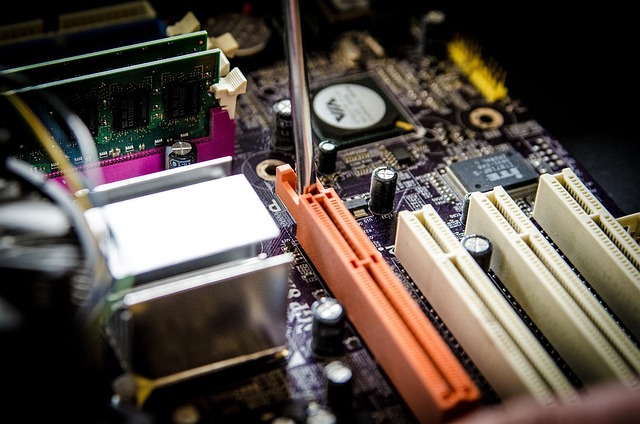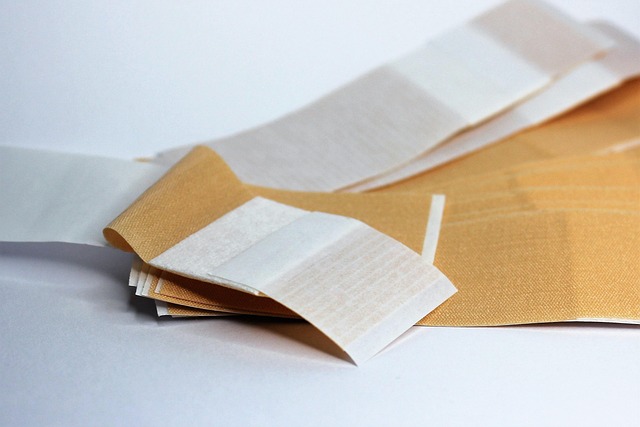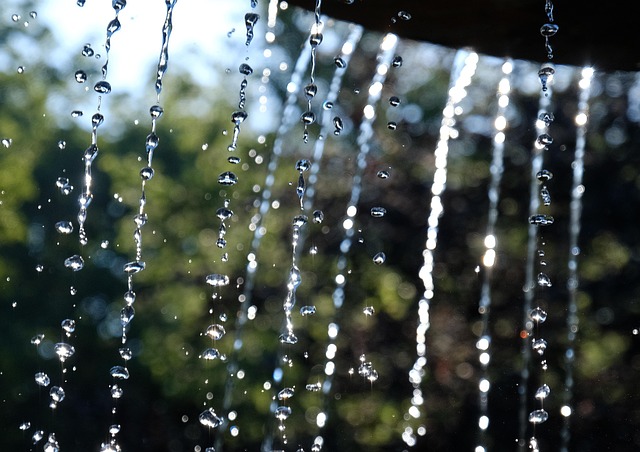The durability of Glue Laminated Beams (GLBs) relies on their composition of thin wooden strips bonded with high-performance adhesives. Proper glue selection and application techniques, along with meticulous manufacturing processes, ensure maximum structural integrity, enabling GLBs to span long distances and support significant weight without delaminating or splitting. Environmental factors, particularly moisture control, impact durability; regular testing optimizes production for longevity. Visit unalam.com for best practices.
“Discover proven methods to extend the life of glued laminated beams, ensuring structural integrity and enhanced durability. This comprehensive guide delves into the science behind these composite structures, focusing on optimal glue selection and application techniques.
Learn how environmental factors impact their longevity and explore strategies to mitigate risks, resulting in increased service life for these essential construction elements. Enhance your understanding of the key components contributing to the durability of glue laminated beams.”
- Understanding Glue Laminated Beam Composition
- Optimal Glue Selection and Application Techniques
- Environmental Considerations for Longevity
Understanding Glue Laminated Beam Composition
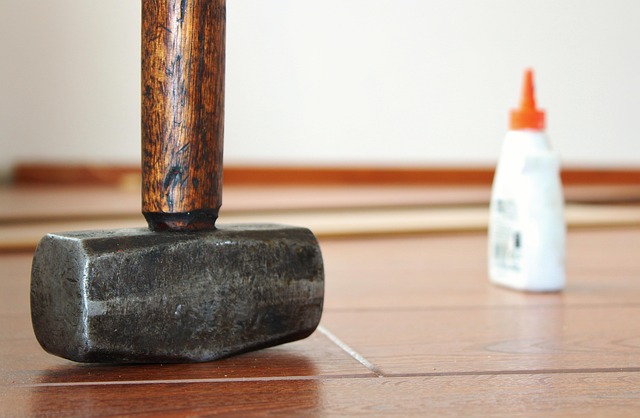
Glue Laminated Beams (GLBs), also known as glulam beams, are engineered wood products composed of multiple layers of thin wooden strips glued together with strong adhesives. This unique composition offers exceptional strength and durability, making GLBs a popular choice in construction for their versatility and cost-effectiveness. The durability of glue laminated beams is a result of the precise layering and bonding process, ensuring structural integrity even under heavy loads.
Understanding the structure and composition of glulam beams is key to maintaining their longevity. Unlike traditional plywood, which can be susceptible to delaminating or splitting, GLBs are designed with a focus on strength and stability. This makes them ideal for various applications, including residential buildings, where they can span long distances while supporting significant weight. If you’re considering glulam beam applications in your projects, visiting us at 18 Clifton St, Unadilla, NY 13849 anytime can provide valuable insights into the proven methods for extending their lifespan through proper care and maintenance of glue laminated structural elements.
Optimal Glue Selection and Application Techniques

The durability of glue-laminated beams (glulam) largely depends on the optimal selection and application of adhesive. Using the right glue is paramount, as it must possess excellent bonding strength, resistance to environmental factors, and compatibility with the beam’s material composition. Modern glulam manufacturing involves a meticulous process where precise amounts of high-performance adhesives are applied under controlled conditions, ensuring even distribution for maximum bond strength.
Proper application techniques further enhance glulam beam performance, even in extreme weather conditions. This includes ensuring adequate surface preparation, appropriate temperature and humidity levels during curing, and careful handling to avoid damage. By carefully considering both the glue type and application method, glulam beams can maintain their structural integrity for extended periods, making them a reliable choice for construction projects, particularly in demanding environments. For more insights into glulam beam manufacturing process and performance, visit us at 18 Clifton St, Unadilla, NY 13849 anytime.
Environmental Considerations for Longevity
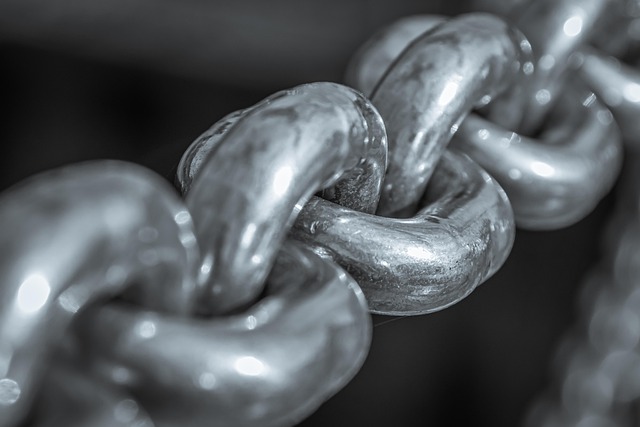
The longevity of glued laminated beams (glulam) is significantly influenced by environmental factors that impact their durability. One of the primary considerations is moisture control, as excessive humidity or water exposure can weaken the glue bond and compromise the structural integrity of glulam beams. Proper manufacturing processes include measures to enhance the beams’ resistance to moisture, such as using high-quality glues and precise drying techniques during production.
Regular durability testing for glulam beams during both manufacturing and installation is essential to ensure their longevity. These tests simulate various environmental conditions, including exposure to different levels of humidity, temperature fluctuations, and UV radiation. By understanding the impact of these factors through controlled experiments, manufacturers can optimize the glulam beam manufacturing process to enhance their overall durability. Visit us at unalam.com for more insights into best practices for maintaining the durability of glue laminated beams.
By understanding the composition of glue laminated beams, selecting the right glue, and considering environmental factors, it’s feasible to significantly enhance their durability. These proven methods ensure these structural elements withstand the test of time, contributing to safer and more sustainable construction practices.

